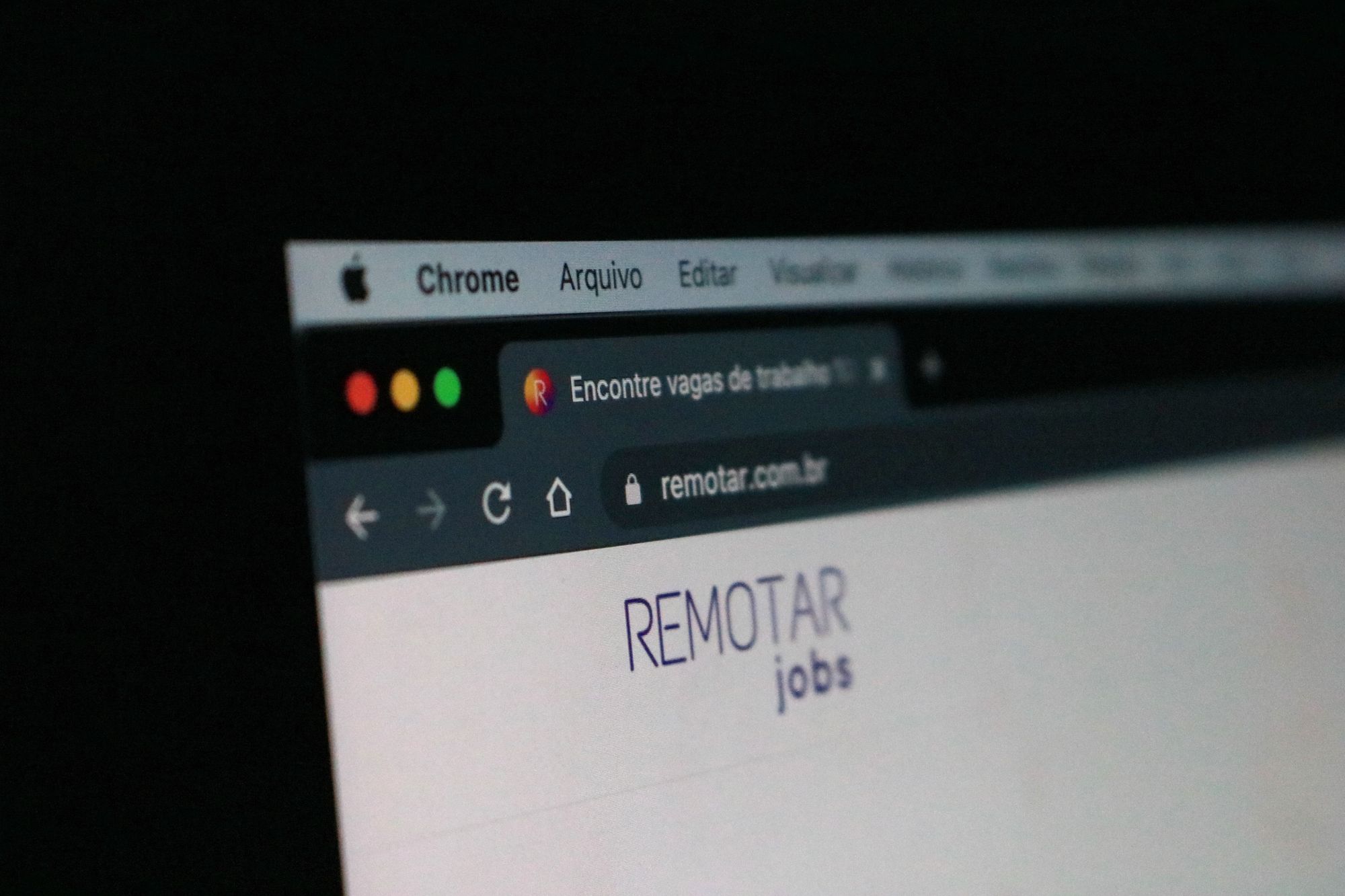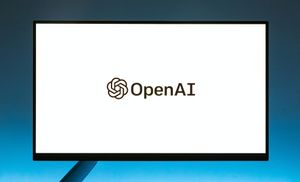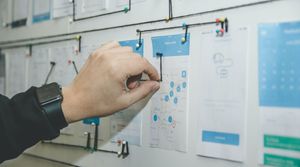Following last week's tutorial on custom states, here is the other essential tool you need to store temporary data - URL parameters.

URL parameters
Ever noticed how sometimes in your url, there are a lot of 'gibberish' at the end of your url? These are url parameters that provide data to the websites so that they can use or record them.
In the example below, url parameters are used to identify the source of the click - Social - Facebook.

URL parameters are at the end of the url and always have this format:
www.example.com?(key)=value&(key)=(value)&(key)=(value)
The first parameter will start with a '?', and following parameters are indicated with a '&'.
How do I set up URL parameters?
In this example, I share the most common example for url parameters - to show/hide tabs in a dashboard.
Follow along the interactive demo to learn how it's done:
Subscribe for more content like this!
If you have any questions, let me know via email or my Twitter.




Member discussion